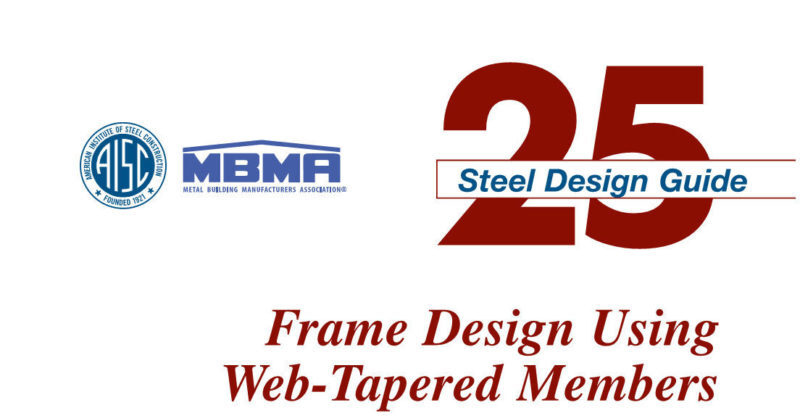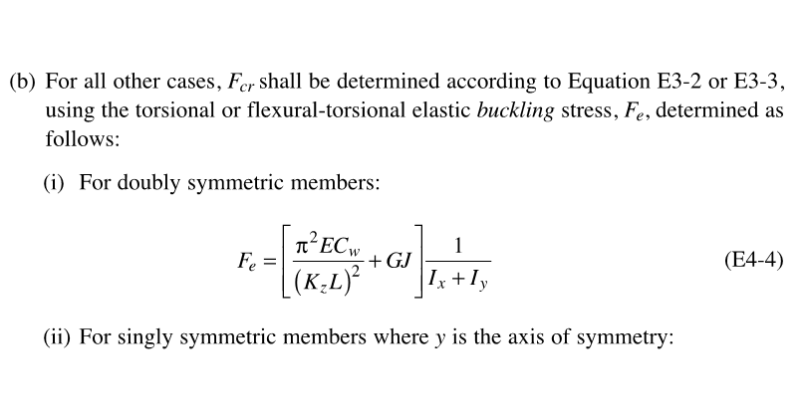Eurocode C1 Factor for Lateral Torsional Buckling
Eurocode lateral torsional buckling capacity is calculated per equations in Annex F in the ENV 1993-1-1:1992. This calculation uses variables...
In RISA-3D’s addition of the AISC 14th Edition code we added Section E4 checks to wide flange members. Section E4 is Torsional and Flexural-Torsional Buckling of Members Without Slender Elements and is for compression capacity.
Specific to wide flanges is the Fe equation E4-4. In that equation is a reference to L, which is referring to the torsional unbraced length. In RISA-3D this is defined in the Members spreadsheet – Hot Rolled tab and defaults to the full length of member, similar to other unbraced lengths.

This can cause a reduced compression capacity compared to what is found in Section E3. If you notice a wide flange member that passed in the AISC 13th Edition and is now failing in the AISC 14th Edition, this may be the cause. A quick way to confirm this is to update the L-torque value to 0 and see if you now getting a passing check.

RISA has now incorporated the tapered member design provisions from Steel Design Guide 25: Frame Design Using Web-Tapered Members written by...
